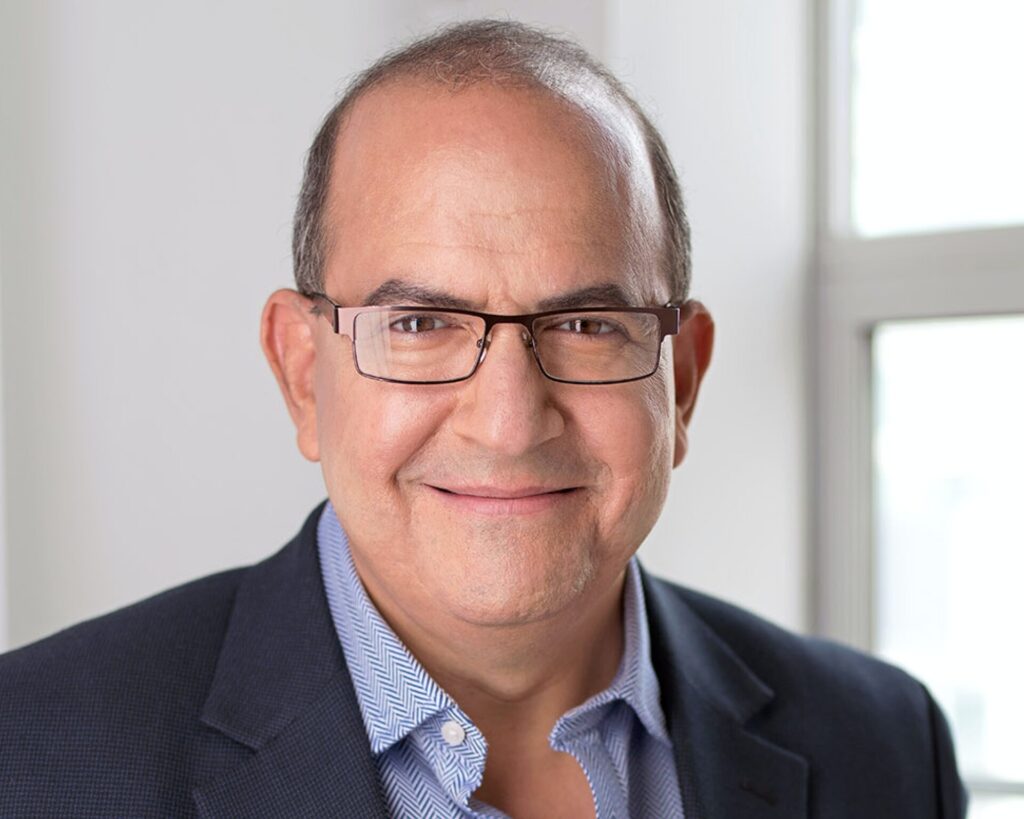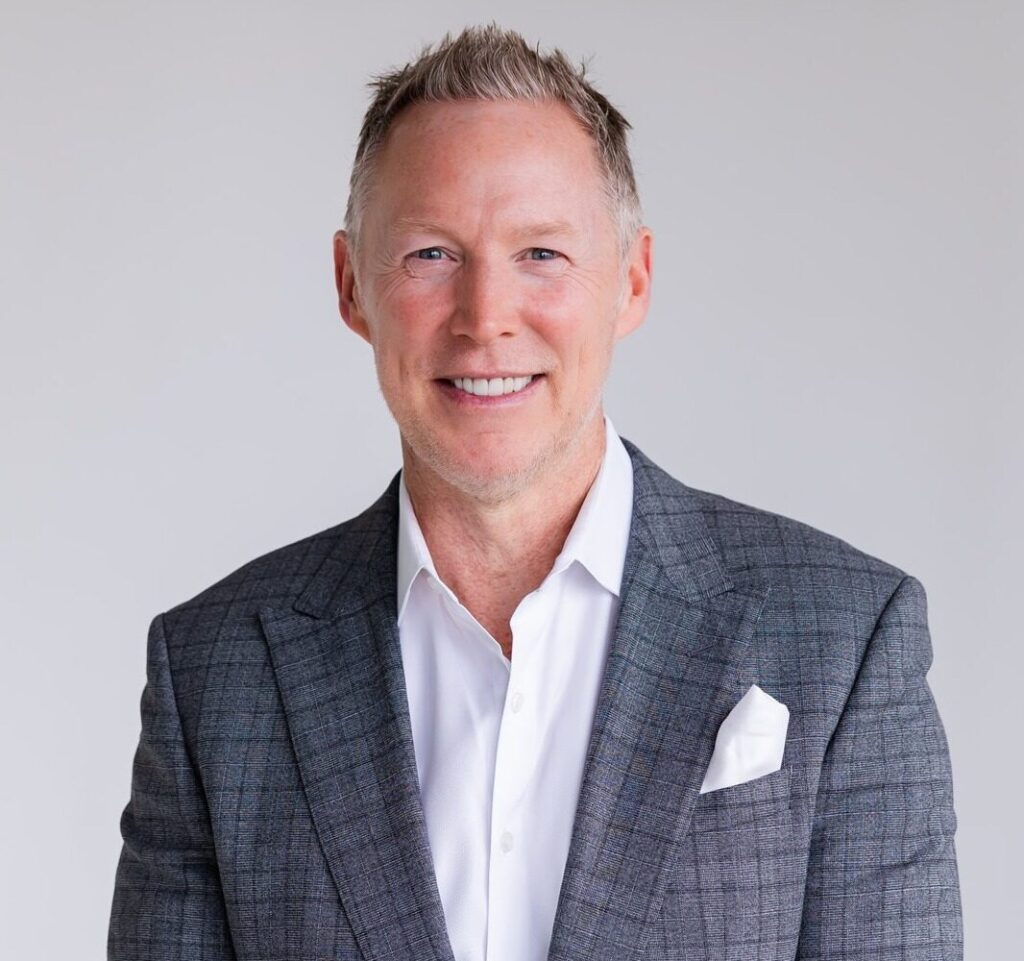Stop Selling Time – Start Selling Impact
How to shift internal mindsets and client expectations to transition from
hourly billing to outcome pricing.
For decades, professional services firms have relied on the familiar (but flawed) currency of time. Billable hours remain the default across much of the professional services world, yet they are increasingly out of sync with the value clients actually seek. Clients rarely care how many hours something takes; they care about the outcomes achieved.









